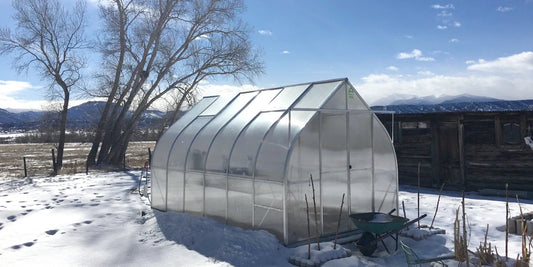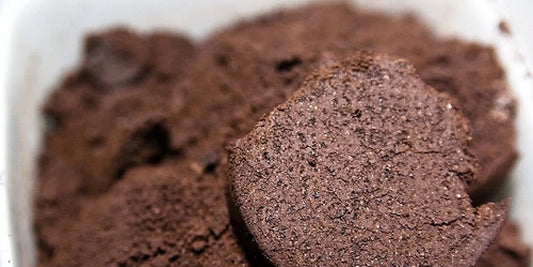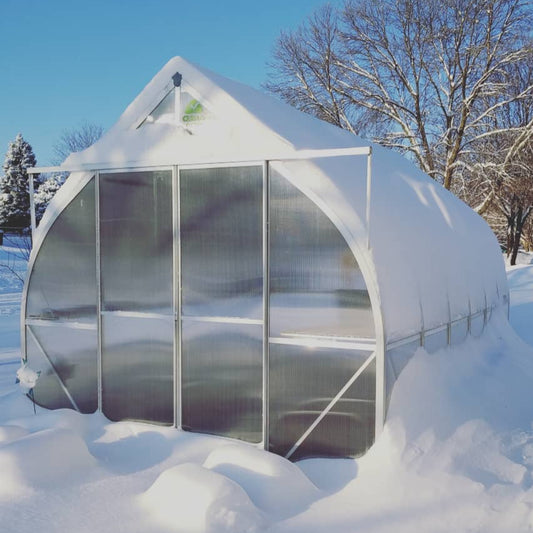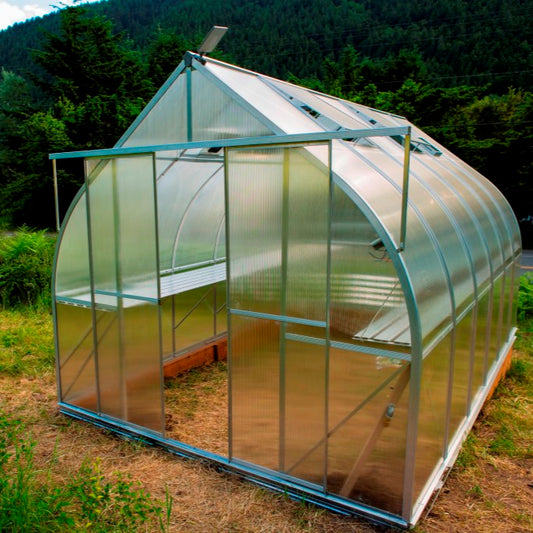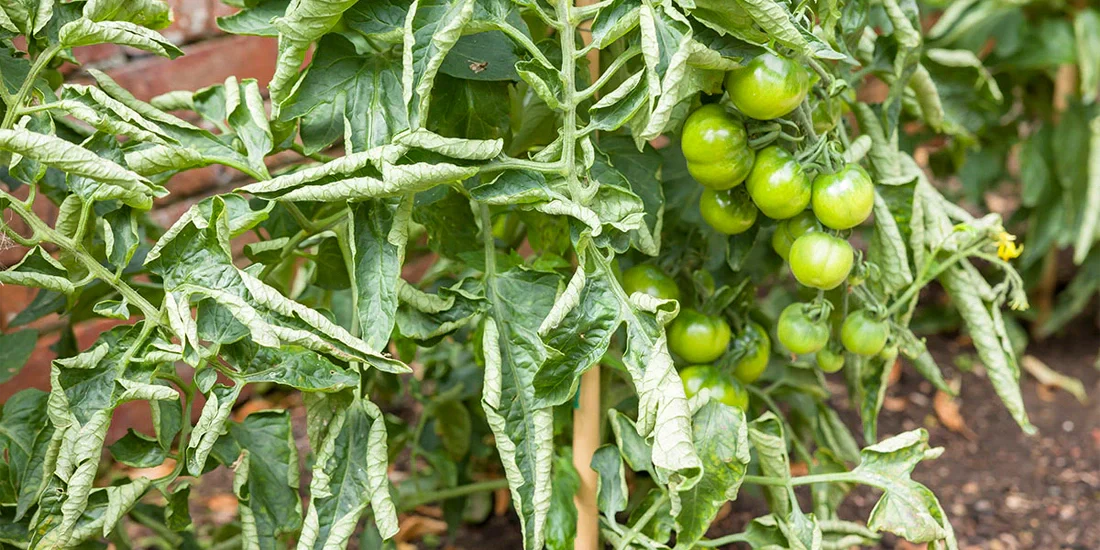
Tomato Leaves Curling? Causes & Solutions for Gardeners
Leaf curl on tomato plants can signal various issues from simple stress to serious disease. Identifying the cause is key to protecting your greenhouse or field-grown crop.
Main Causes of Leaf Curl
Leaf curl can result from:
- Insufficient water and high heat stress
- Diseases like Verticillium wilt, Fusarium wilt, or Tomato Mosaic Virus
- Nutrient imbalances, especially potassium deficiency
Examining the leaves and plants helps determine the root cause.
Moisture & Heat Stress
Under drought or high temperatures, tomato leaves curl upward like boats but remain green. This stress response often follows uneven watering. Mulch around plants and provide afternoon shade especially in open fields or hot greenhouses.
Common Diseases
Verticillium Wilt

Fungal pathogen that causes downward leaf curl, especially on older leaves, yellowing with green veins, and brown vascular tissue in stems. Fungal spores persist in soil for over a decade. Avoid chemical sprays near harvest; instead, use resistant varieties and soil solarization or steam treatment before planting.
Fusarium Wilt

Similar symptoms to Verticillium. Management practices overlap - use resistant varieties and cultural controls rather than chemicals near harvest.
Tomato Mosaic Virus (ToMV)

Highly contagious virus transmitted via contact or insects. Leaves become puckered, downward-curling, and occasionally mosaic-patterned. Use certified resistant varieties and maintain greenhouse hygiene. A 10% whey solution spray can help reduce symptoms.
Nutrient Imbalances
Potassium deficiency also causes leaf curl and uneven fruit ripening. If no disease is present, apply a balanced fertilizer high in potassium to correct the issue safely.
Solutions & Prevention
- Maintain consistent moisture: mulch and irrigate deeply but infrequently.
- Use shade cloth or natural shade during heat waves.
- Plant disease-resistant tomato varieties (VFN - Verticillium, Fusarium, and Nematode resistant).
- Disinfect greenhouse beds: solarize or steam soil in off-season.
- Test soil annually and amend with potassium-rich fertilizers if indicated.
Early detection and prevention matter most. Tailored care: water, nutrition, and disease-resistant varieties ensures healthy plants and a bountiful harvest.

